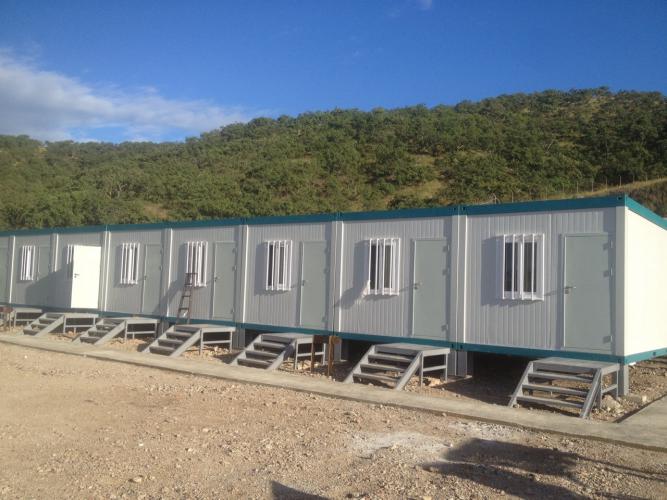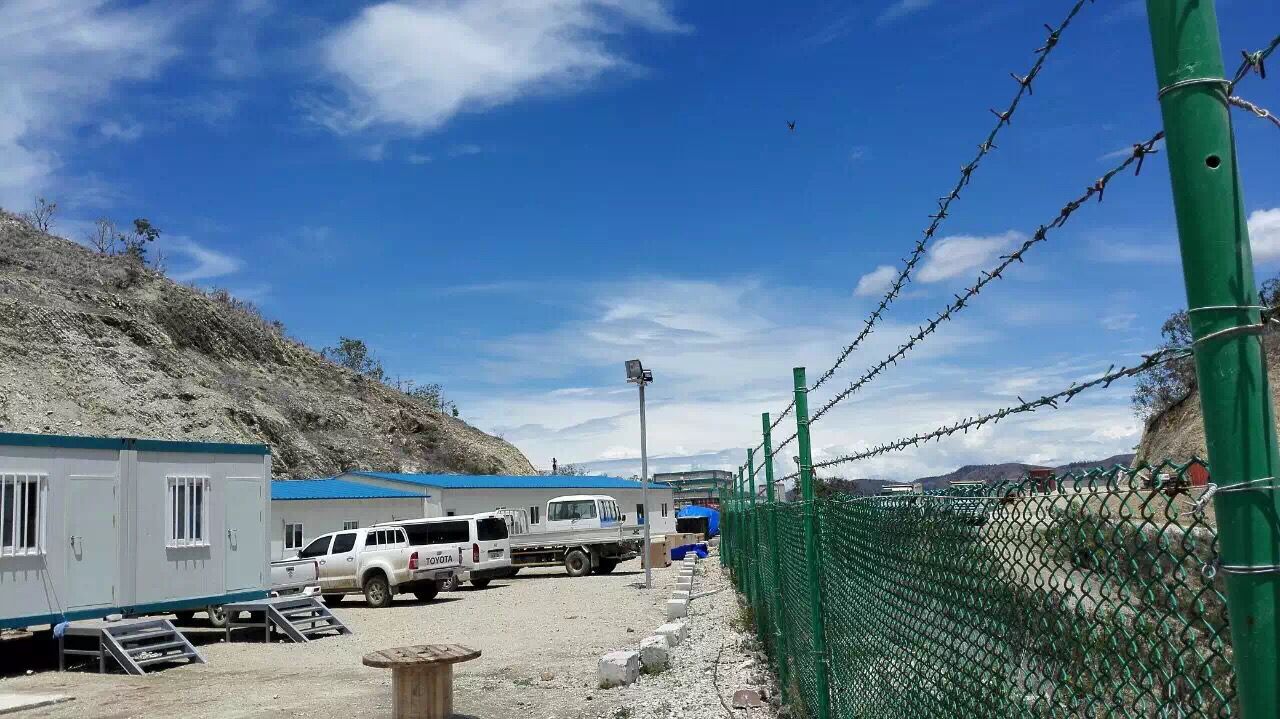The future of affordable, sustainable housing is here, and it comes in the form of container houses with bathrooms. These innovative living spaces are revolutionizing how we think about modern homes, offering unparalleled flexibility, sustainability, and cost-effectiveness. Chengdong Modular House stands at the forefront of this housing revolution, providing cutting-edge solutions that transform shipping containers into comfortable, fully-equipped homes with all essential amenities, including state-of-the-art bathroom facilities.
What is a Container House with Bathroom?
A container house with bathroom represents the perfect fusion of sustainable living and modern comfort. These structures utilize repurposed shipping containers as the foundation for fully functional homes, complete with essential amenities including toilets, showers, sinks, and all necessary plumbing infrastructure.
Key Components of Container Bathroom Solutions
Container house bathrooms are comprehensive systems that include:
Full plumbing systems with hot and cold water supply
Waste management infrastructure including septic connections
Ventilation systems to prevent moisture buildup
Space-optimized fixtures designed for compact living
Modern amenities including showers, toilets, and vanities
The beauty of container bathrooms lies in their pre-fabricated nature. Unlike traditional bathroom construction, these units arrive fully equipped and ready for connection to utilities, dramatically reducing installation time and complexity.
Chengdong Modular House: Leading Innovation in Container Housing
Chengdong Modular House, established in 1998, has emerged as a global leader in prefabricated housing solutions. With over two decades of experience, this Beijing-based company has successfully delivered thousands of housing projects across more than 100 countries.
Company Expertise and Global Reach
Chengdong specializes in the complete lifecycle of modular housing, from initial design through final construction. Their comprehensive services include:
Advanced design capabilities using cutting-edge technology
Industrial production facilities ensuring consistent quality
Global transportation logistics for worldwide delivery
On-site installation services with expert technical teams
Complete interior decoration and finishing services
The company's ISO 9001, ISO 14001, and OHSAS 18001 certifications demonstrate their commitment to quality, environmental responsibility, and safety. This triple certification ensures that every Chengdong container house meets international standards for construction excellence and environmental sustainability.
Space Planning and Layout Design for Container Bathrooms
Effective space planning is crucial when designing container house bathrooms. The compact nature of shipping containers requires innovative approaches to maximize functionality while maintaining comfort and accessibility.
Optimal Layout Strategies
Linear Layout Design: The most space-efficient approach involves arranging all fixtures along one wall. This configuration maximizes floor space and creates clear pathways for movement within the bathroom.
Corner Optimization: Strategic placement of fixtures in corners can dramatically improve space utilization. Corner sinks and quadrant shower enclosures are particularly effective in container bathrooms, freeing up central floor space for movement.
Zoning Approach: Dividing the bathroom into functional zones enhances organization and efficiency. Using glass dividers or half-walls can separate the shower area from toilet and sink zones without making the space feel cramped.
Fixture Placement Strategies
The strategic positioning of bathroom fixtures significantly impacts both functionality and perceived space:
Toilet placement near the entrance maximizes privacy
Shower positioning toward the back creates a spa-like retreat
Sink location centrally placed for optimal accessibility
Storage integration built into walls and unused spaces
Essential Plumbing Systems for Container Houses
Installing plumbing in container houses requires specialized knowledge and careful planning. The unique structure of shipping containers presents both challenges and opportunities for plumbing installation.
Water Supply Systems
Container house plumbing typically utilizes PEX piping for water supply lines. This flexible piping system offers several advantages:
Freeze resistance in extreme climates
Easy installation through tight spaces
Durability against temperature fluctuations
Cost-effectiveness compared to copper alternatives
Hot water systems in container houses can utilize various technologies depending on power availability:
Electric tankless heaters for grid-connected installations
Propane on-demand systems for off-grid applications
Solar water heating for sustainable solutions
Drainage and Waste Management
Effective drainage systems are critical for container bathroom functionality. Most installations utilize ABS pipe for drainage:
3-inch main sewage lines for toilet connections
1.5-inch lines for sink drainage
2-inch lines for shower drainage
The drainage system must accommodate the container's elevated position and connection to either septic systems or municipal sewage.
Bathroom Fixtures and Features for Small Spaces
Selecting appropriate fixtures is essential for maximizing functionality in compact container bathrooms. Modern manufacturers offer innovative solutions specifically designed for small space applications.
Space-Saving Fixture Options
Wall-Mounted Solutions: Floating fixtures create visual space and simplify cleaning:
Wall-mounted toilets save floor space
Floating vanities provide storage while maintaining openness
Wall-hung sinks maximize floor area
Compact Specialized Fixtures: Modern compact fixtures maintain full functionality:
Corner sinks optimize unused space
Compact toilets with powerful flushing systems
Multi-function shower systems with integrated storage
Smart Storage Integration: Every inch counts in container bathrooms:
Recessed shelving built into walls
Mirrored medicine cabinets
Under-sink storage solutions
Vertical storage systems
Modern Amenities and Comfort Features
Despite space constraints, container bathrooms can include luxury amenities:
Smart shower systems with programmable controls
Heated flooring for comfort in all seasons
LED lighting systems with dimming capabilities
Ventilation fans with humidity sensors
Sustainable Materials and Eco-Friendly Design
Sustainability is a cornerstone of container house design. The use of recycled shipping containers represents just the beginning of the environmental benefits these homes offer.
Recycled and Renewable Materials
Container houses excel in environmental sustainability through material choices:
Reclaimed wood for interior finishes
Recycled metal components for structural elements
Eco-friendly tiles made from recycled materials
Low-VOC paints for healthy indoor air quality
Water Conservation Features: Modern container bathrooms incorporate water-saving technologies:
Low-flow faucets reducing water consumption by up to 30%
Dual-flush toilets offering water-saving options
Efficient showerheads maintaining pressure while reducing flow
Greywater recycling systems for garden irrigation
Energy-Efficient Systems
Energy efficiency is integral to container house design:
Solar power integration for renewable energy
LED lighting systems reducing energy consumption
Efficient water heaters minimizing power usage
Smart home technology optimizing energy use
Cost Analysis and Budget Planning
Understanding the costs associated with container house bathrooms helps homeowners make informed decisions. The overall investment varies based on size, features, and customization level.
Initial Investment Breakdown
Basic Container Bathroom Package ($3,000 - $10,000):
Standard fixtures and fittings
Basic plumbing installation
Essential electrical connections
Simple ventilation systems
Premium Container Bathroom ($10,000 - $25,000):
High-end fixtures and finishes
Smart home technology integration
Advanced ventilation and heating
Custom storage solutions
Luxury Container Bathroom ($25,000+):
Designer fixtures and materials
Integrated renewable energy systems
Smart glass and automated features
Premium insulation and climate control
Long-Term Value and Savings
Container houses with bathrooms offer significant long-term value:
30-40% lower construction costs compared to traditional homes
Reduced utility bills through energy-efficient design
Lower maintenance costs due to durable materials
Faster construction timeline reducing temporary housing costs
Installation Process and Construction Timeline
The installation process for container house bathrooms follows a systematic approach that minimizes disruption and ensures quality results.
Pre-Installation Planning
Site Preparation: Proper foundation work is essential:
Concrete piers for elevated placement
Utility connections for water, sewer, and electrical
Access roads for container delivery
Permit acquisition and code compliance verification
Design Finalization: Detailed planning prevents costly changes:
Construction Timeline
Phase 1: Foundation and Utilities (1-2 weeks):
Phase 2: Container Modification (2-3 weeks):
Bathroom layout construction
Plumbing and electrical installation
Insulation and interior finishing
Phase 3: Final Assembly (1 week):
Container delivery and placement
Utility connections and system testing
Final inspections and commissioning
Design Ideas and Customization Options
Container house bathrooms offer endless customization possibilities. From minimalist designs to luxury spa-like retreats, these spaces can reflect personal style while maintaining functionality.
Popular Design Themes
Industrial Modern: Embracing the container's industrial heritage:
Exposed steel elements as design features
Concrete countertops for durability
Edison bulb lighting for ambiance
Black iron fixtures for contrast
Scandinavian Minimalism: Clean lines and natural materials:
Light wood accents for warmth
White color schemes for spaciousness
Natural lighting through skylights
Simple, functional fixtures
Luxury Spa Retreat: High-end amenities in compact space:
Customization Features
Smart Technology Integration:
Automated lighting responding to occupancy
Digital shower controls with preset temperatures
Smart mirrors with integrated displays
Voice-activated systems for hands-free operation
Ventilation and Climate Control Systems
Proper ventilation is critical in container bathrooms to prevent moisture-related issues and maintain air quality.
Ventilation System Design
Mechanical Ventilation: Active systems ensure consistent air exchange:
Exhaust fans removing moisture and odors
Fresh air intake maintaining air quality
Heat recovery ventilators improving energy efficiency
Natural Ventilation: Passive systems reduce energy consumption:
Operable windows for cross-ventilation
Skylight systems for stack ventilation
Wall vents for continuous air circulation
Humidity Control Solutions
Moisture Prevention Strategies:
Proper insulation preventing condensation
Vapor barriers protecting structural elements
Dehumidification systems maintaining optimal humidity levels
Quick-dry materials reducing moisture retention
Insulation and Temperature Control
Effective insulation is crucial for container house comfort and energy efficiency. The metal structure of shipping containers requires specialized insulation approaches.
Insulation Materials and Methods
Spray Foam Insulation: Provides comprehensive thermal protection:
High R-values for superior performance
Air sealing properties eliminating drafts
Moisture resistance preventing condensation
Structural adhesion strengthening container walls
Rigid Foam Panels: Offer consistent thermal performance:
Predictable R-values for design calculations
Easy installation in factory settings
Moisture resistance in high-humidity environments
Fire resistance for safety compliance
Climate Control Systems
Heating Solutions: Maintaining comfort in cold climates:
Heat pump systems for efficient heating and cooling
Radiant floor heating for even warmth distribution
Mini-split systems for zone control
Passive solar design maximizing natural heat gain
Cooling Strategies: Managing heat in warm climates:
High-efficiency air conditioning for active cooling
Natural ventilation for passive cooling
Reflective roofing reducing heat gain
Shading systems blocking unwanted solar heat
Safety and Building Codes Compliance
Container house bathrooms must comply with local building codes and safety regulations. Professional installation ensures compliance and safety.
Structural Safety Considerations
Foundation Requirements: Proper support systems are essential:
Engineered foundations supporting container loads
Seismic considerations in earthquake-prone areas
Flood resistance in high-risk zones
Wind resistance for hurricane-prone regions
Electrical Safety: Bathroom electrical systems require special attention:
GFCI protection for all bathroom outlets
Proper grounding of metal container structure
Moisture-rated fixtures for wet locations
Professional installation ensuring code compliance
Plumbing Code Compliance
Water Supply Standards: Meeting potable water requirements:
Backflow prevention protecting water supply
Pressure regulation ensuring proper flow
Temperature control preventing scalding
Cross-connection elimination maintaining water quality
Drainage Code Requirements: Proper waste management:
Slope requirements for effective drainage
Trap sealing preventing sewer gas infiltration
Vent sizing ensuring proper system operation
Cleanout accessibility for maintenance
Maintenance and Long-Term Care
Proper maintenance ensures container house bathrooms remain functional and attractive for decades.
Preventive Maintenance Schedule
Monthly Inspections:
Plumbing fixture operation checks
Ventilation system cleaning and maintenance
Sealant inspection around fixtures and connections
Water pressure monitoring
Annual Maintenance Tasks:
Professional plumbing system inspection
Electrical system safety check
Insulation integrity assessment
Structural element condition evaluation
Common Maintenance Issues
Moisture Management: Preventing water damage:
Seal maintenance around windows and doors
Ventilation system cleaning and repair
Drainage system clearing and maintenance
Insulation replacement when damaged
System Upgrades: Improving performance over time:
Fixture replacement with newer efficient models
Technology integration adding smart features
Insulation upgrades improving energy efficiency
Ventilation enhancement for better air quality
Technology Integration and Smart Features
Modern container house bathrooms can incorporate cutting-edge technology for enhanced comfort and efficiency.
Smart Home Integration
Automated Systems: Technology enhancing daily routines:
Smart thermostats optimizing energy use
Automated lighting responding to occupancy
Voice control systems enabling hands-free operation
Remote monitoring for system diagnostics
Water Management Technology: Optimizing resource use:
Leak detection sensors preventing water damage
Flow monitoring systems tracking consumption
Automatic shutoff valves for emergency protection
Water quality monitoring ensuring safe supply
Energy Management Systems
Renewable Energy Integration:
Solar panel systems providing clean electricity
Battery storage for energy independence
Smart inverters optimizing power conversion
Grid-tie capabilities for utility interaction
Energy Monitoring: Tracking and optimizing consumption:
Real-time usage displays promoting conservation
Predictive analytics optimizing system operation
Remote diagnostics enabling proactive maintenance
Load balancing maximizing efficiency
Future Trends and Innovations in Container Bathroom Design
The container house industry continues evolving with new technologies and design approaches.
Emerging Design Trends
Biophilic Design: Connecting with nature:
Living walls purifying indoor air
Natural lighting improving wellbeing
Organic materials creating healthy environments
Water features enhancing relaxation
Modular Expansion: Adapting to changing needs:
Expandable systems growing with families
Modular components enabling easy reconfiguration
Stackable designs maximizing land use efficiency
Mobile configurations for nomadic lifestyles
Technological Innovations
Advanced Materials: Improving performance and sustainability:
Self-healing materials reducing maintenance needs
Phase-change materials optimizing thermal performance
Antimicrobial surfaces improving hygiene
Smart glass providing privacy and climate control
Manufacturing Advances: Streamlining production:
3D printing enabling custom components
Automated assembly improving quality and speed
Digital twin technology optimizing designs
AI-driven optimization enhancing performance
Container houses with bathrooms represent the future of affordable, sustainable housing. Through innovative design, careful planning, and quality construction, these spaces offer comfortable, functional living solutions that meet modern needs while respecting environmental constraints. Chengdong Modular House continues leading this transformation, providing expertly crafted solutions that prove small spaces can offer big comfort and style. Whether you're seeking an affordable first home, a sustainable vacation retreat, or an innovative housing solution, container houses with bathrooms offer unparalleled flexibility, efficiency, and value for the modern homeowner.


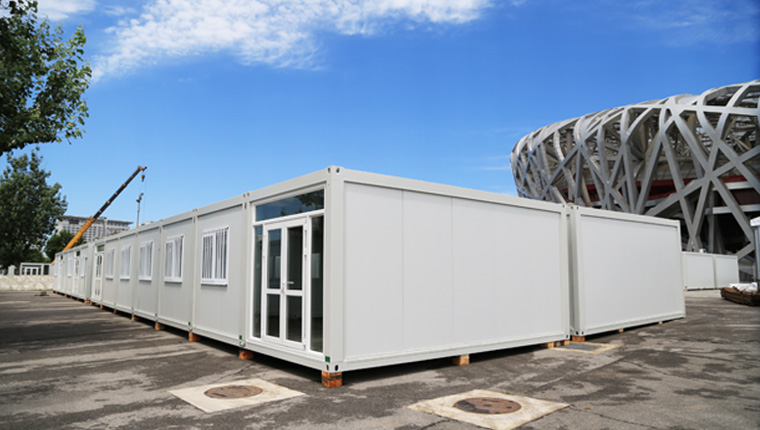
More
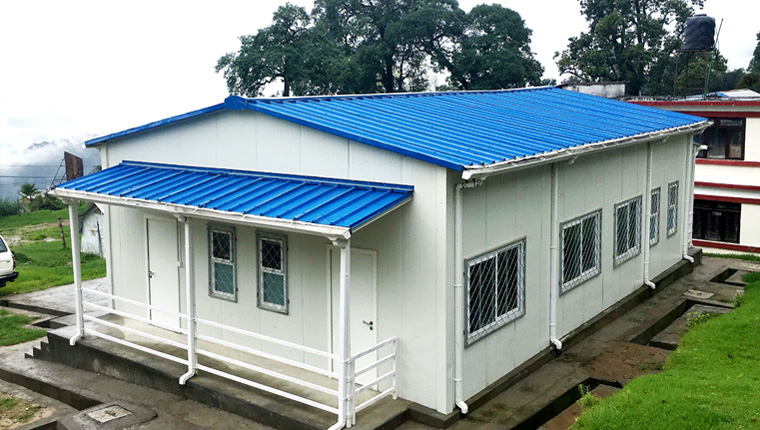
More
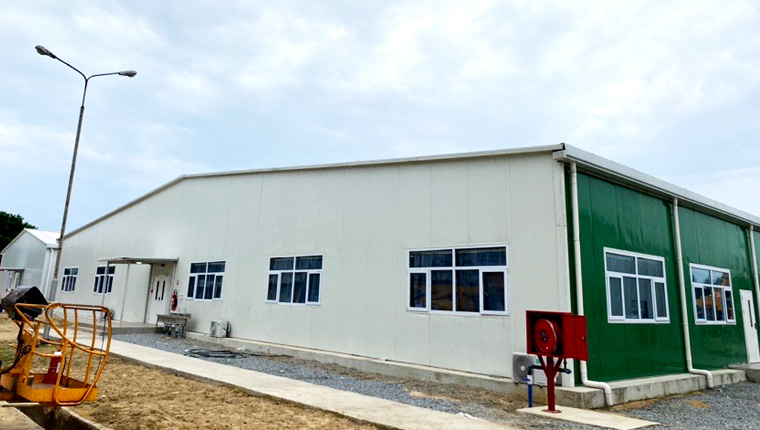
More
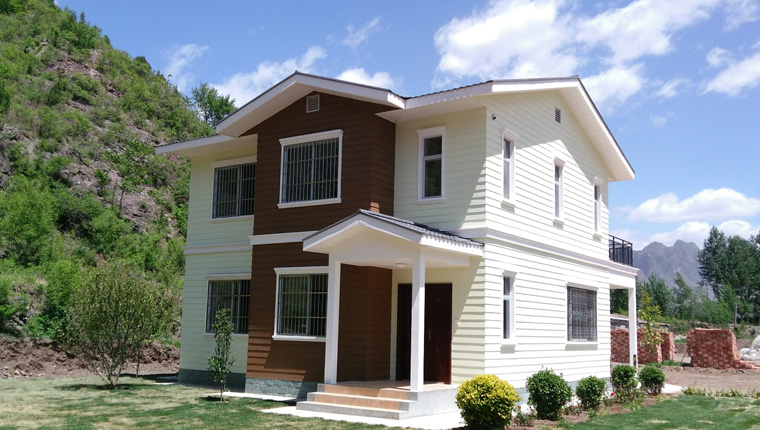
More
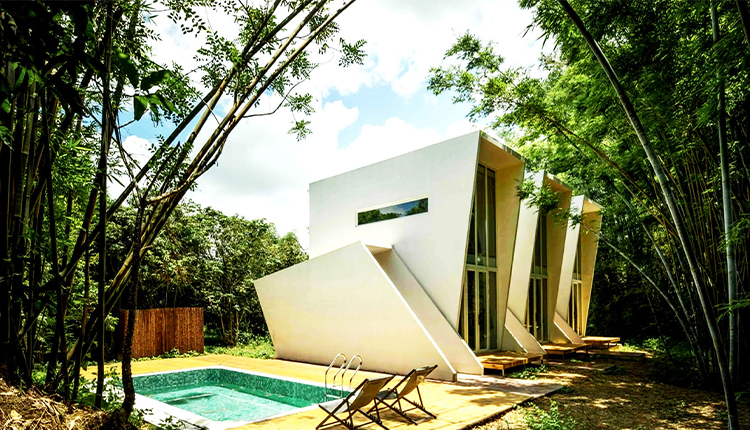
More
Learn More


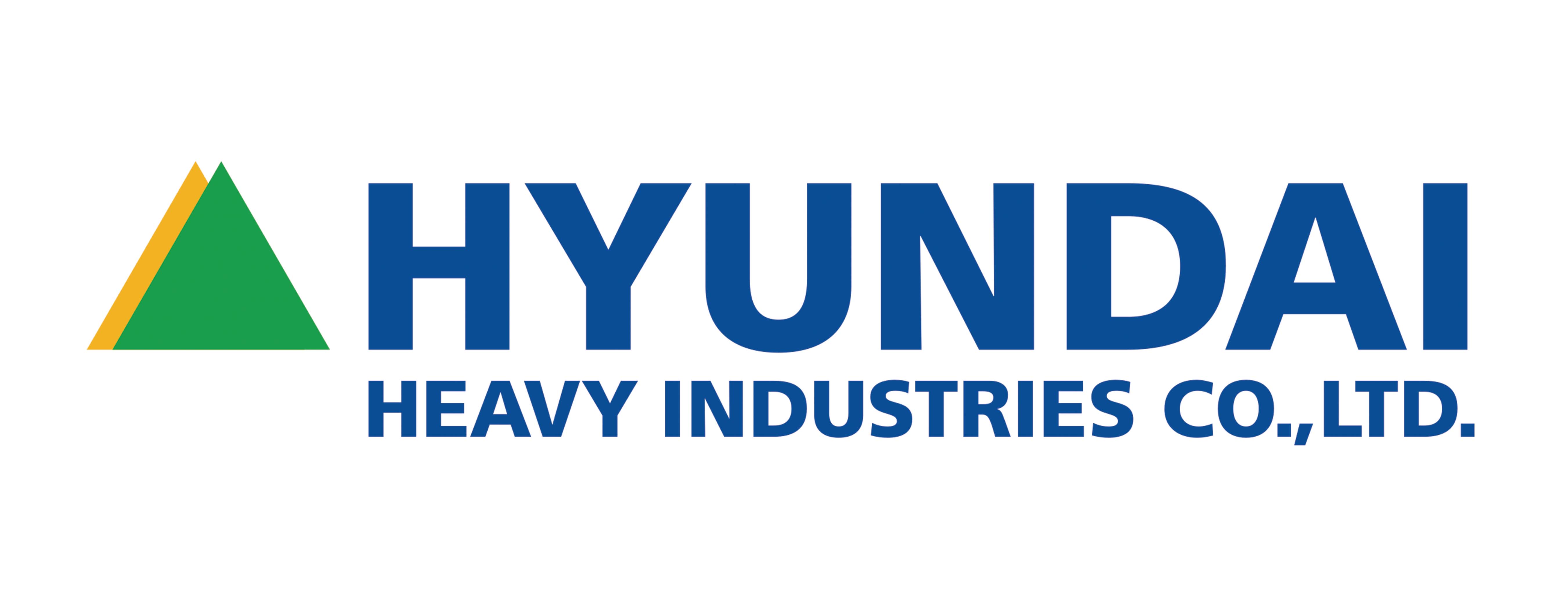






















![Top Advantages of Modular Construction Explained [2025]](/uploads/upload/images/20250424/0fb390068474145a09a8c0504c73b1d2.png)
